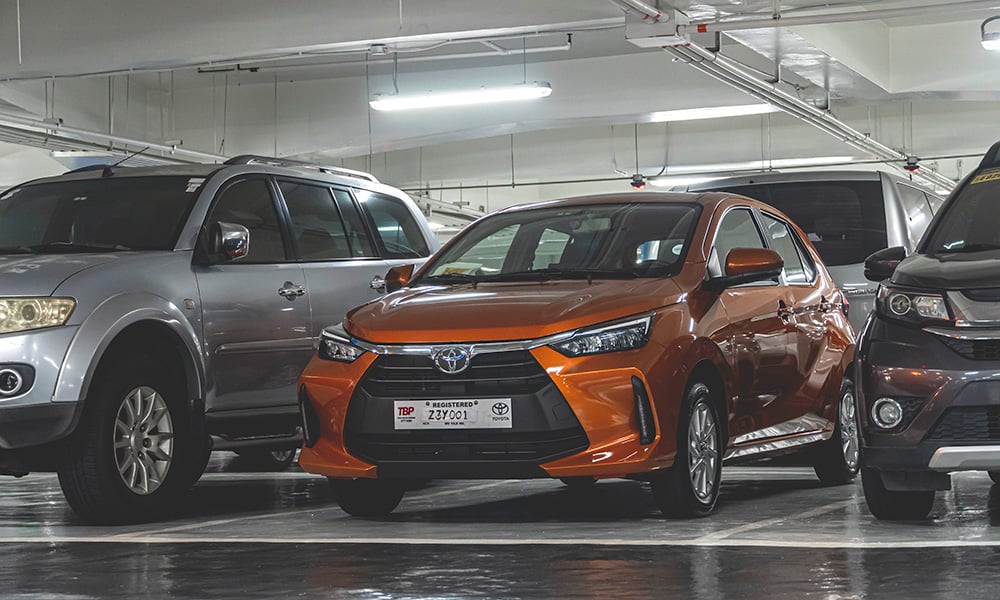
A decade or two ago, our minds were calibrated and set on how vehicle categories were priced. Japanese and Korean marques were the benchmark, while American and European brands were slightly more expensive due to import tax and whatnot.
Fast-forward to the late 2010s, and the influx of Chinese cars has entirely changed the Philippine automotive landscape. Thanks to free trade agreements, vehicles from the mainland have starting prices lower than the competition, and mid- to top-spec trim levels cost the same as a well-equipped hatchback.
For this review, I answer the hypothetical question: “Why would I buy a Toyota Wigo G when, for the same price, I can get a slightly bigger car from China?”
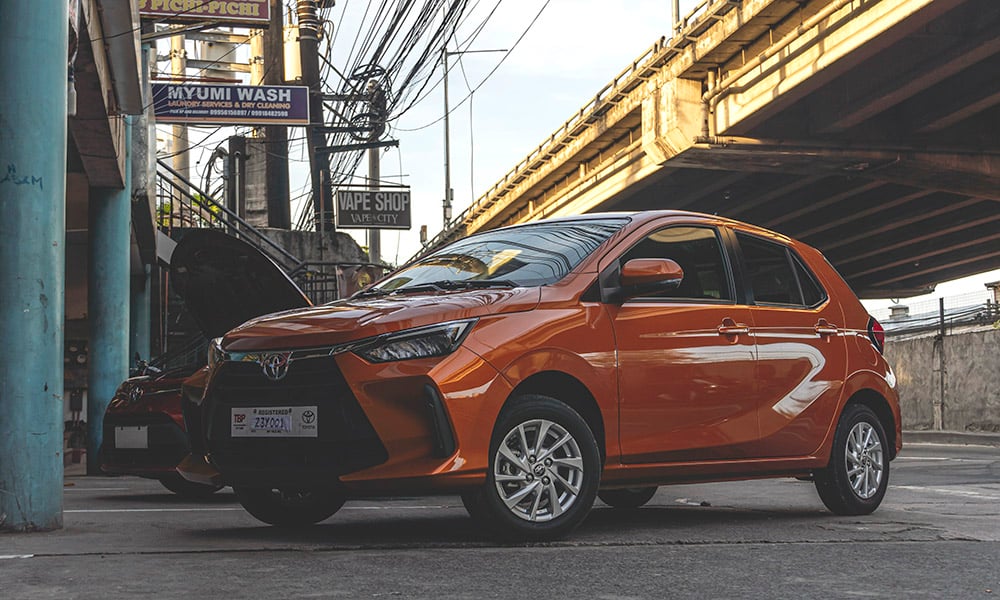
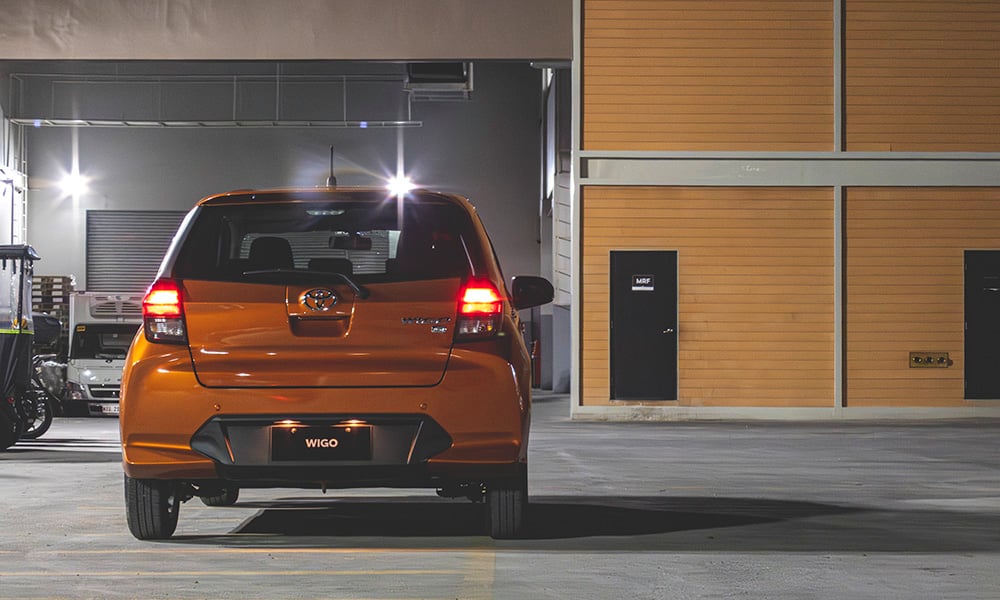
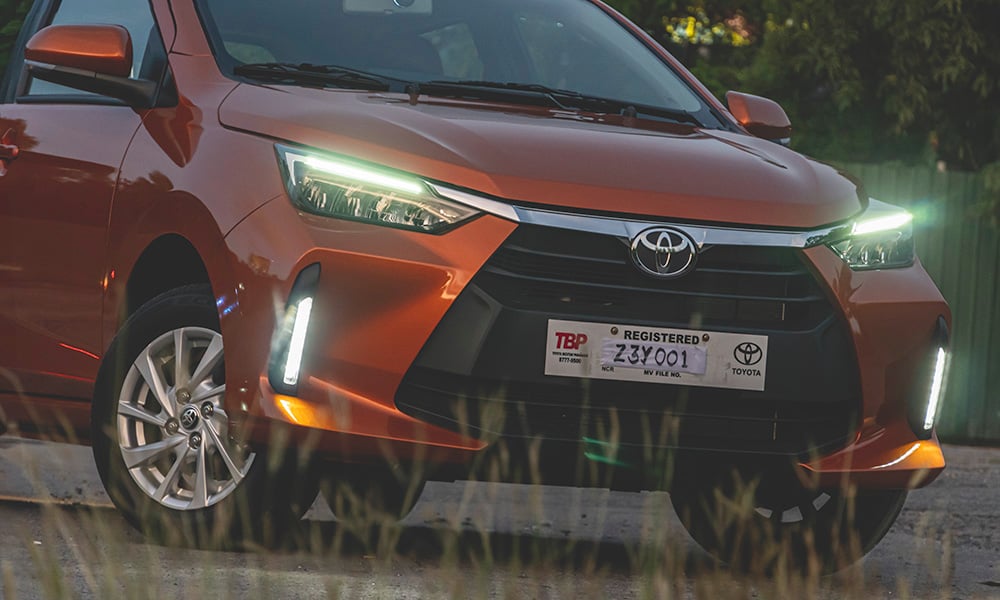
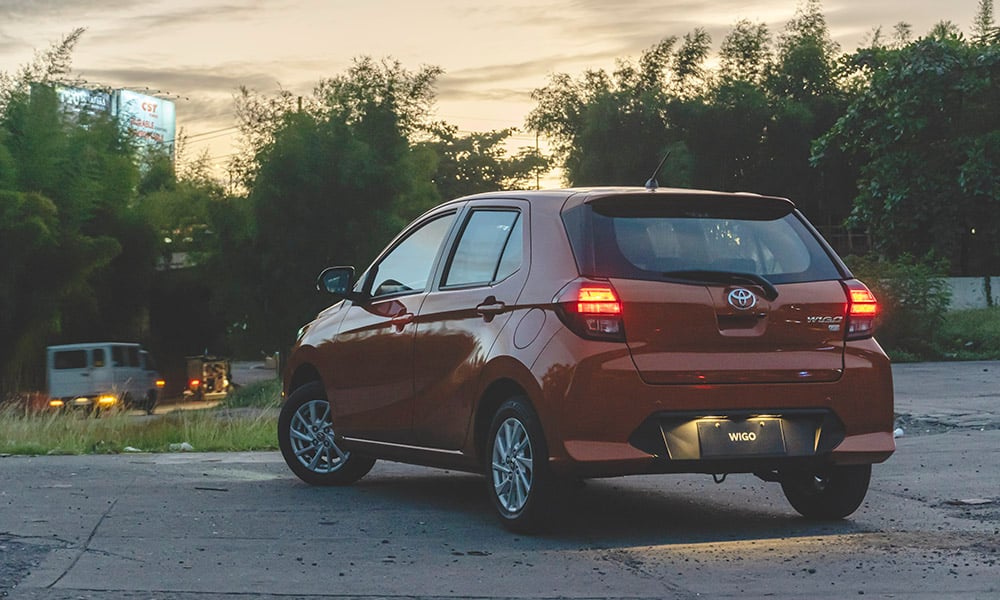
The new Wigo lets go of the decade-old first-generation chassis (code-named B100) for a rebuilt platform: the Daihatsu New Global Architecture (DNGA). This new basis is shared with the Raize, resulting in a tiny dimension change from the predecessor.
Its new fascia is leaps ahead from its first iteration. Gone are the cutesy, scared-looking face and the angry, mouth-gaping facelift, and in comes a sharp, contemporary design that sleekly integrates a pair of LED strips (exclusive to the G variant).
One aspect I disliked about the last Wigo facelift was the black-and-silver two-tone style that made it look cheaper than it already was. The new 14-inch wheels returned to a uniform alloy design last seen in the first facelift, which looks cleaner on a directional multi-spoke form.
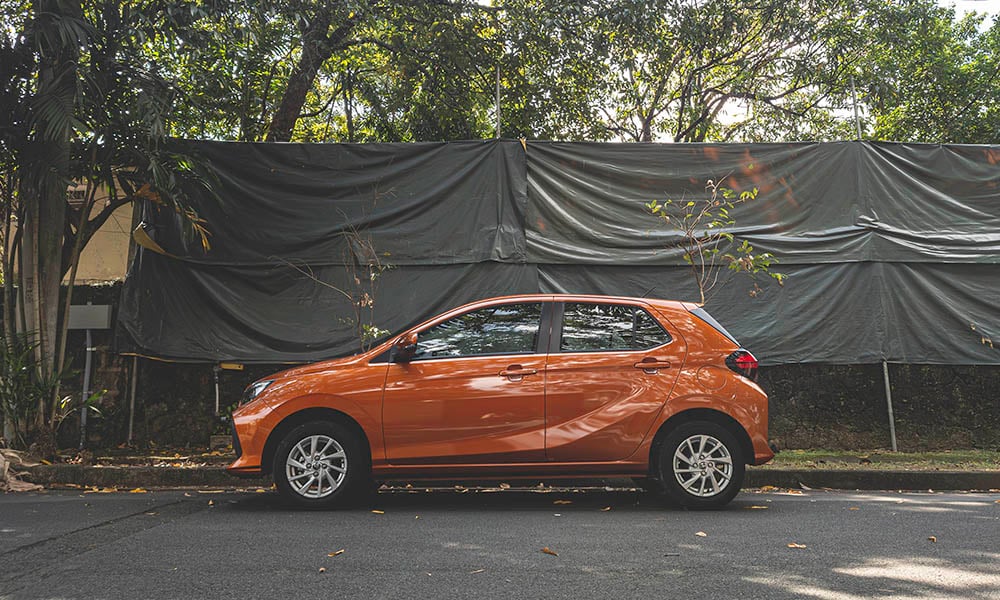

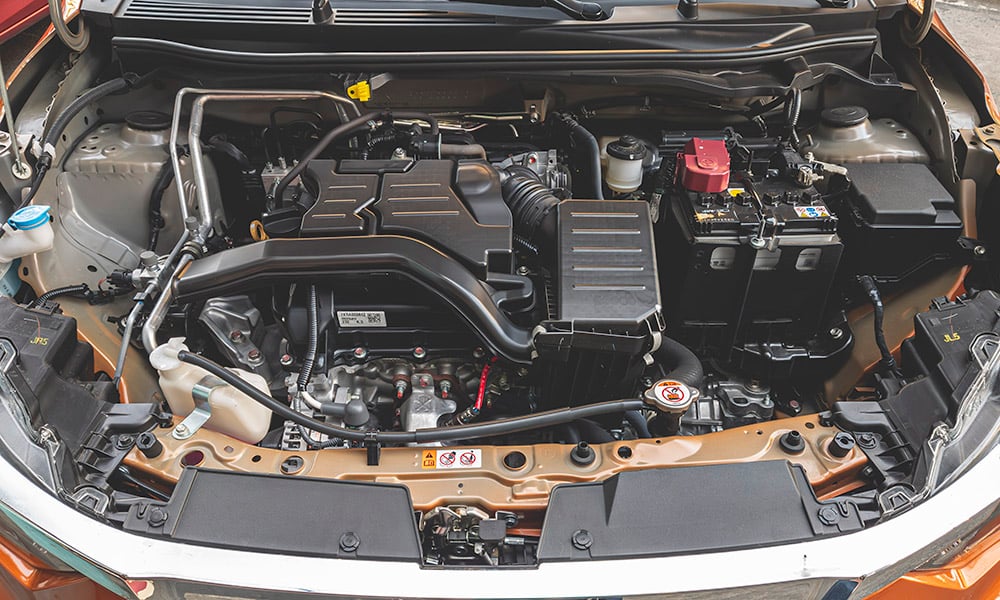
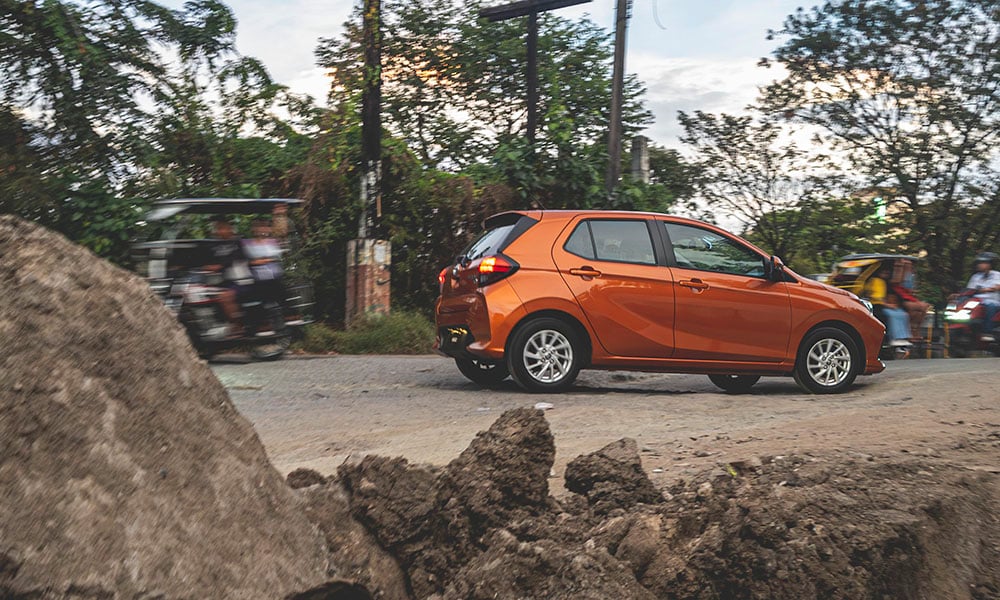
Compared to its outgoing brother, its length and width have increased by 60mm and 65mm, respectively, while its height has been shortened by 15mm. Meanwhile, the same 1.0-liter naturally aspirated three-cylinder engine can still be found here, with a slightly bumped output of 66hp with 89Nm, and the archaic four-speed automatic has been replaced by a CVT.
The goal of the Wigo is fuel efficiency. In our possession, it achieved an average of 14km/L in various urban conditions—from a light-traffic morning to out-of-town excursions. After a trip from Makati to Sucat, I was surprised to see a 22km/L reading at best, and even going to and from Cavite twice resulted in only half of the fuel tank being used at the end of the day.
The front MacPherson strut and rear torsion beam suspension took in the bumps of Metro Manila like a champ while staying planted and comfortable on long stretches of road. Surprisingly, the 160mm of ground clearance could clear any steep exit ramp or mountainous pothole.
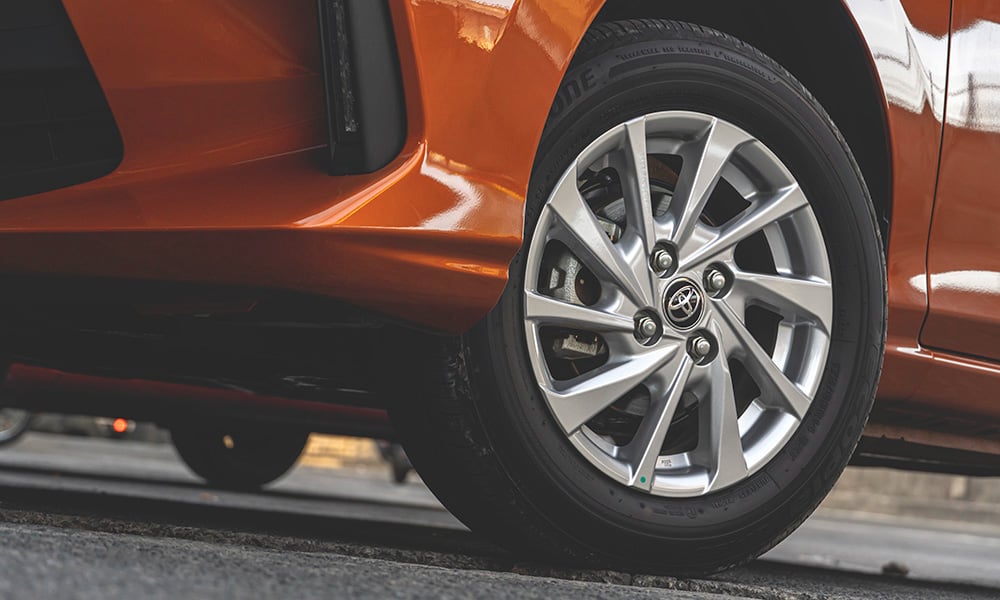
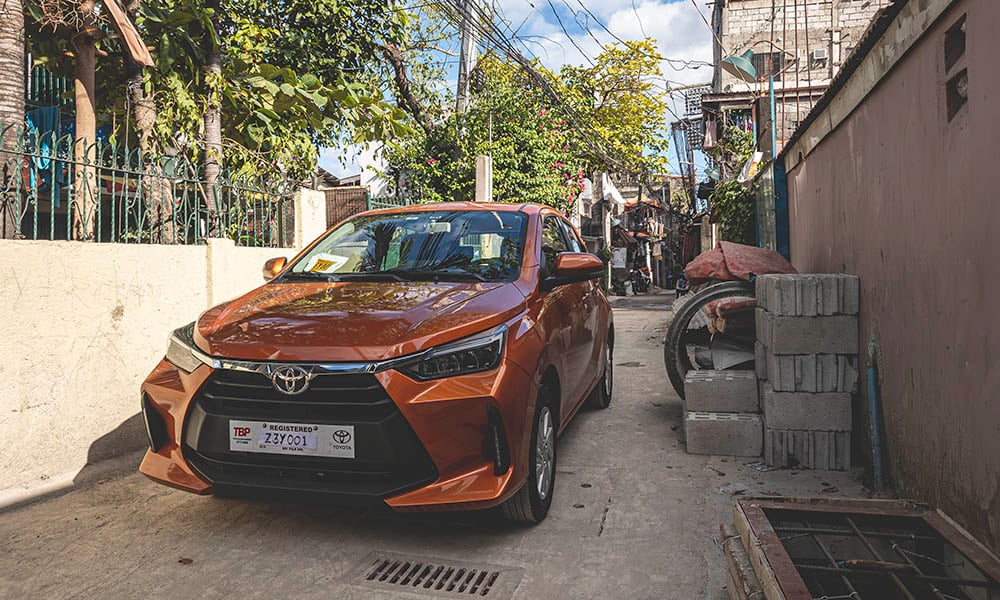
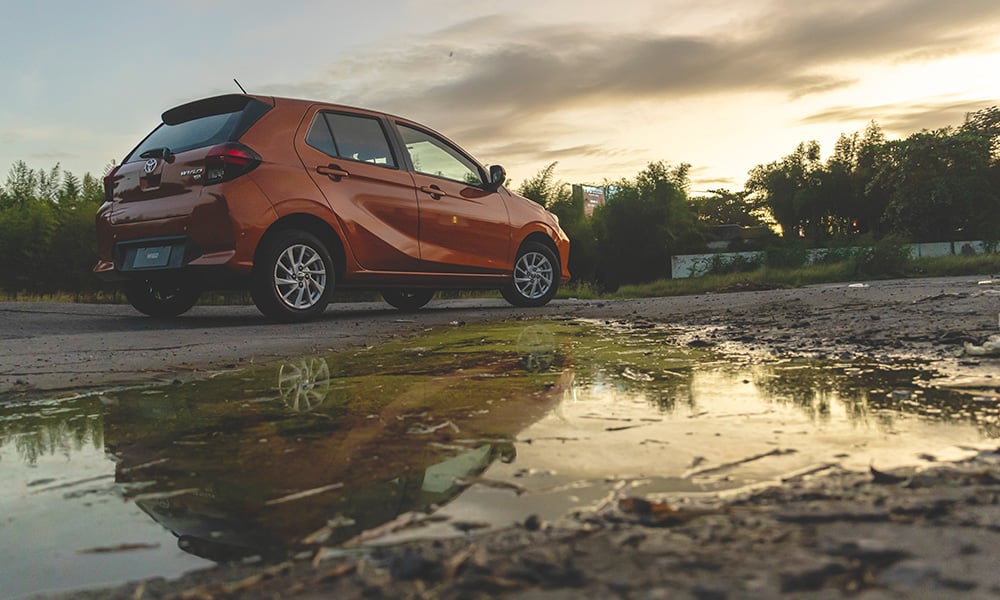
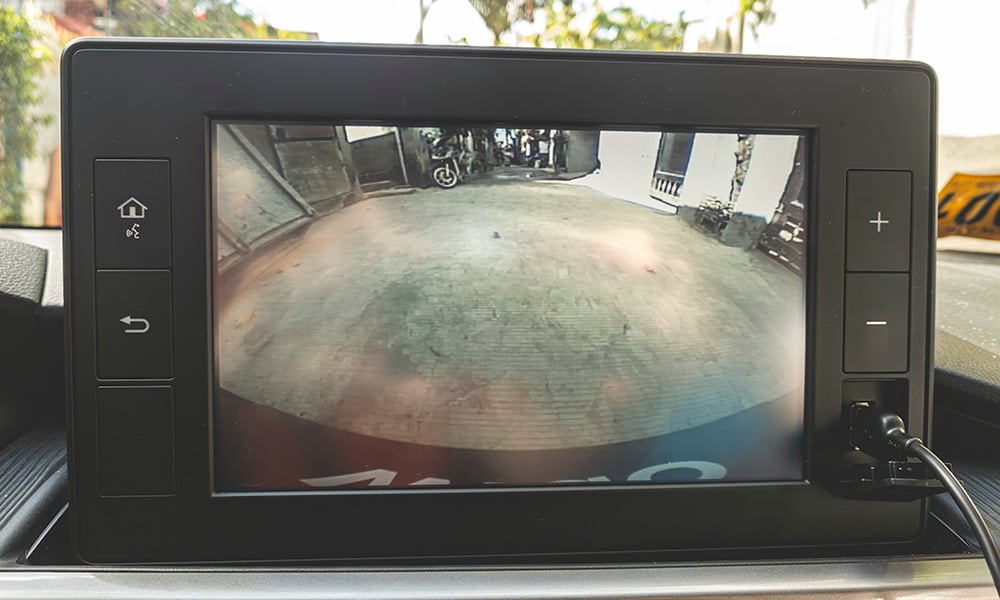
The Wigo was trialed through the court of public opinion after Daihatsu had been exposed for rigging safety tests before and after its launch. Thankfully, the Philippine-spec model is miraculously unaffected by the scandal, but I know what you’re thinking: Is it still safe?
Its Malaysian equivalent (Perodua Axia) scored four stars in the New Car Assessment Program for Southeast Asia, and the crash-test evaluation speaks for itself.
All trim levels include antilock brakes, vehicle stability control, and hill-start assist. Plus, the G variant exclusively comes with a reverse camera, which is not the best in video quality but is still usable.
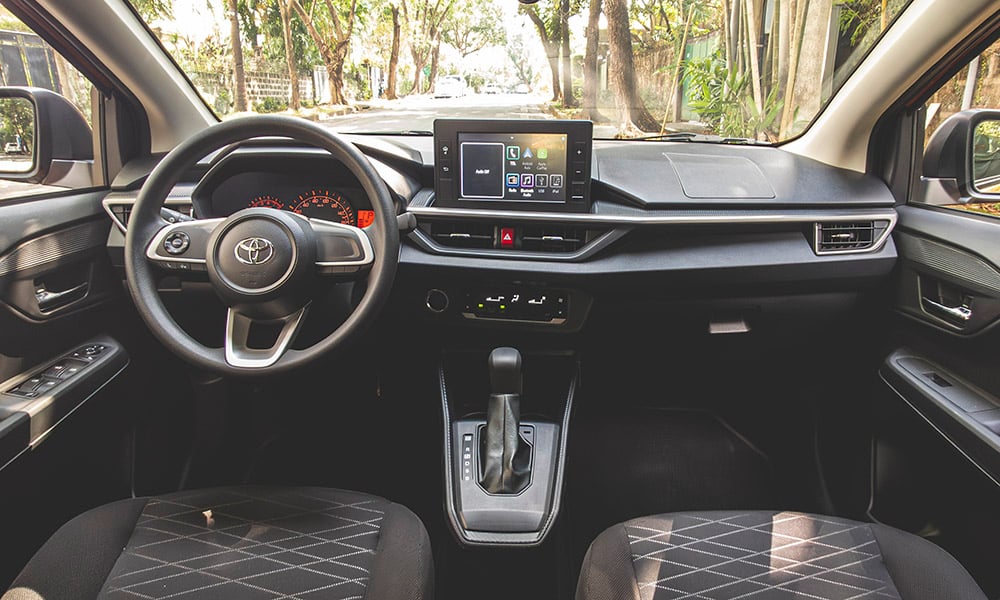
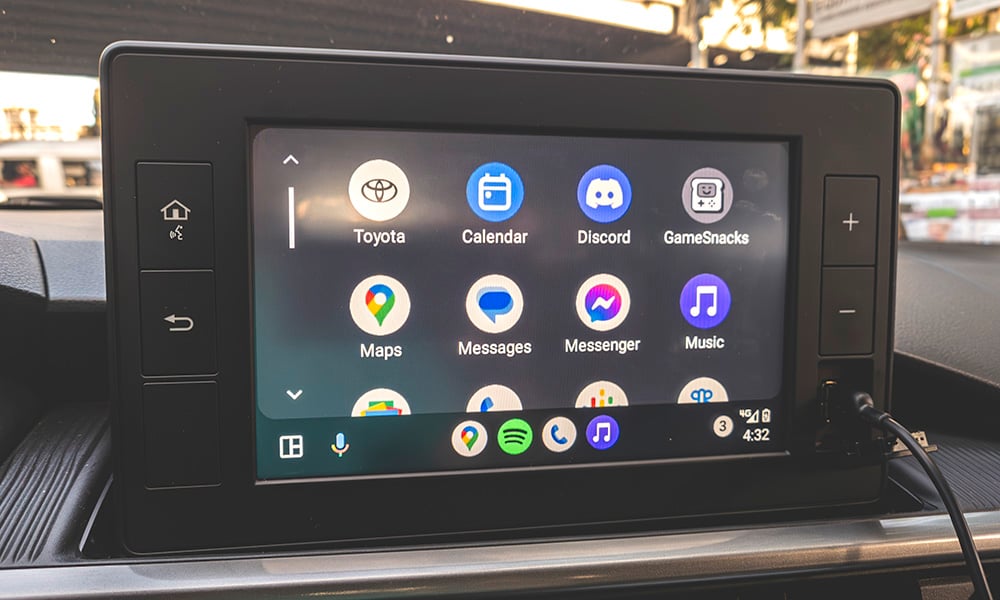
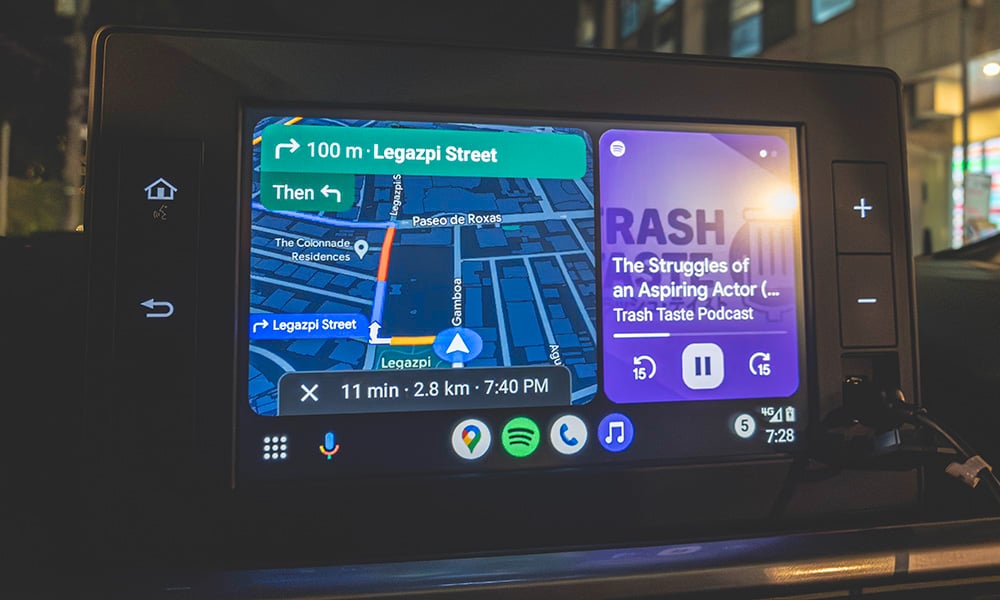
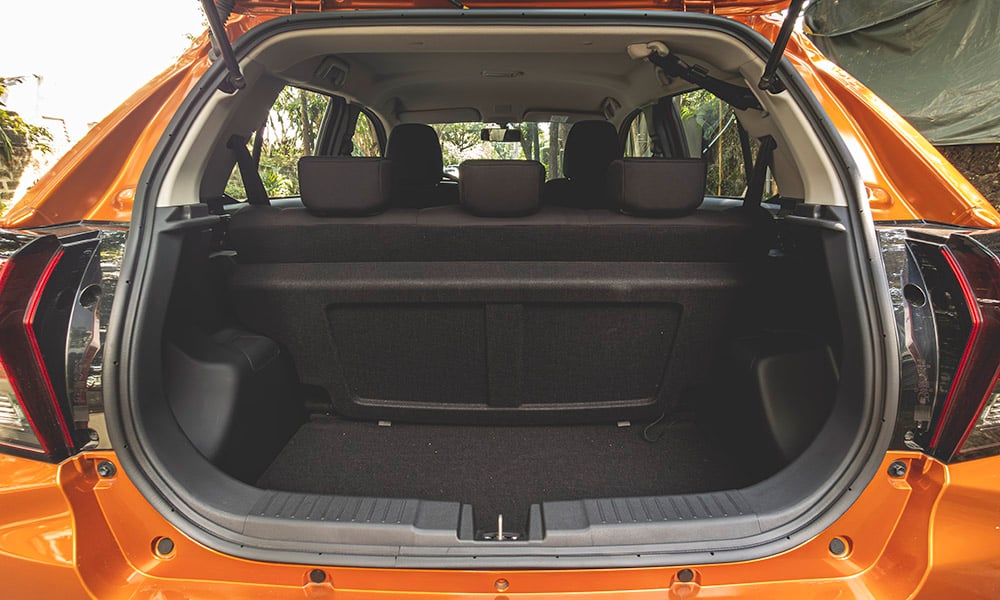
For an A-segment compact hatchback, the Wigo is quite roomy and comfortable for a small family. While 276L of trunk space might sound small compared to its crossover cousin, the Wigo is in the sweet spot when you look at the 258L of the Honda Brio and the 295L of the Suzuki Celerio.
Another improvement from its predecessor is the minimized noise, vibration, and harshness throughout its chassis. Aside from a newly engineered cabin, the decade-old 1KR-FE finally received some much-needed tweaks in mounting and dampening that eliminated the usual behaviors of a three-cylinder econobox.
After purchasing a new phone, I couldn’t wait to try Android Auto for the first time found in the eight-inch infotainment system. Scrolling and operating the touchscreen menus is like a breeze, and the physical buttons outlining the display are chunky but soft to press.
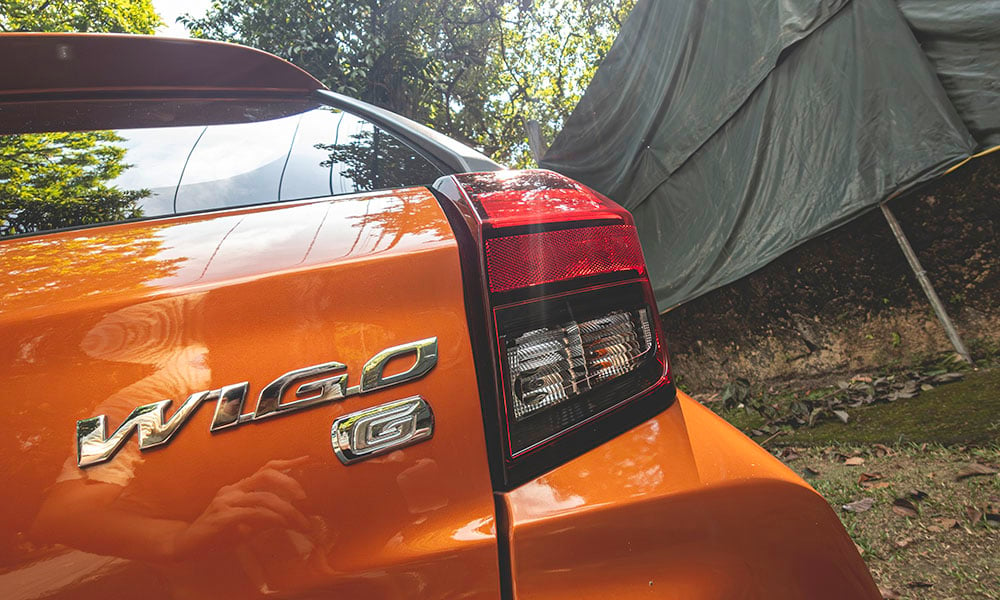
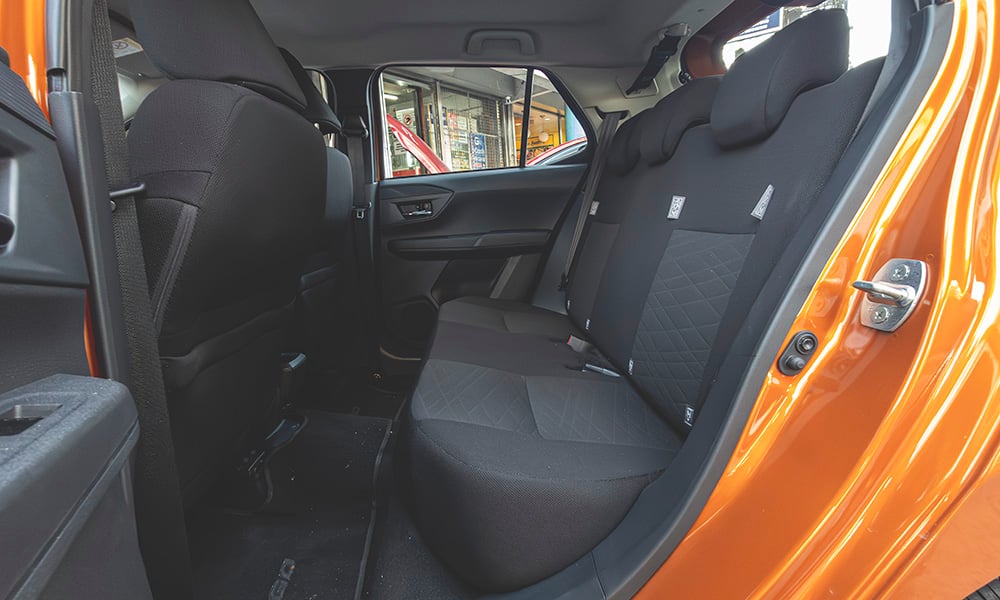
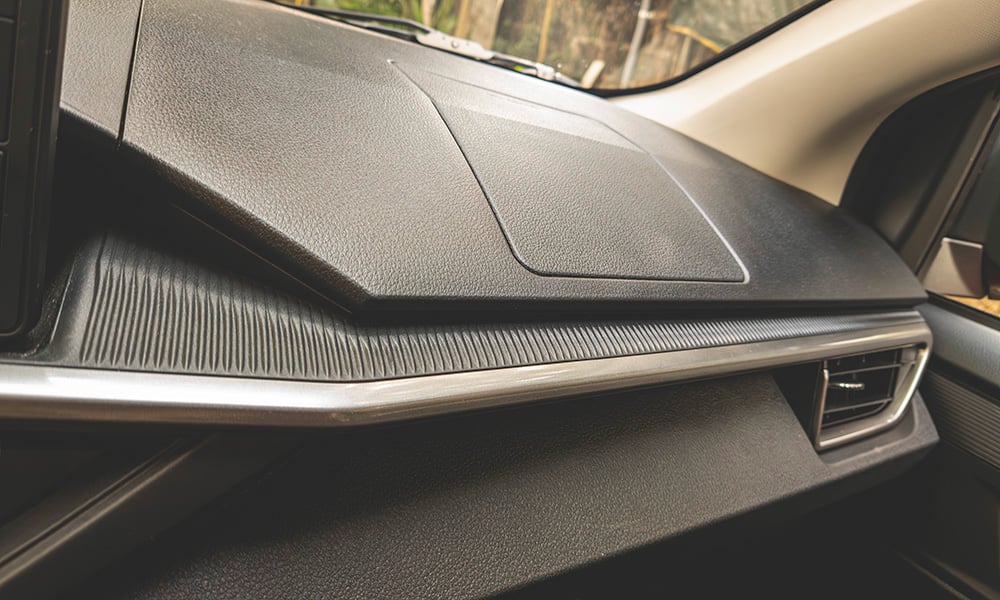
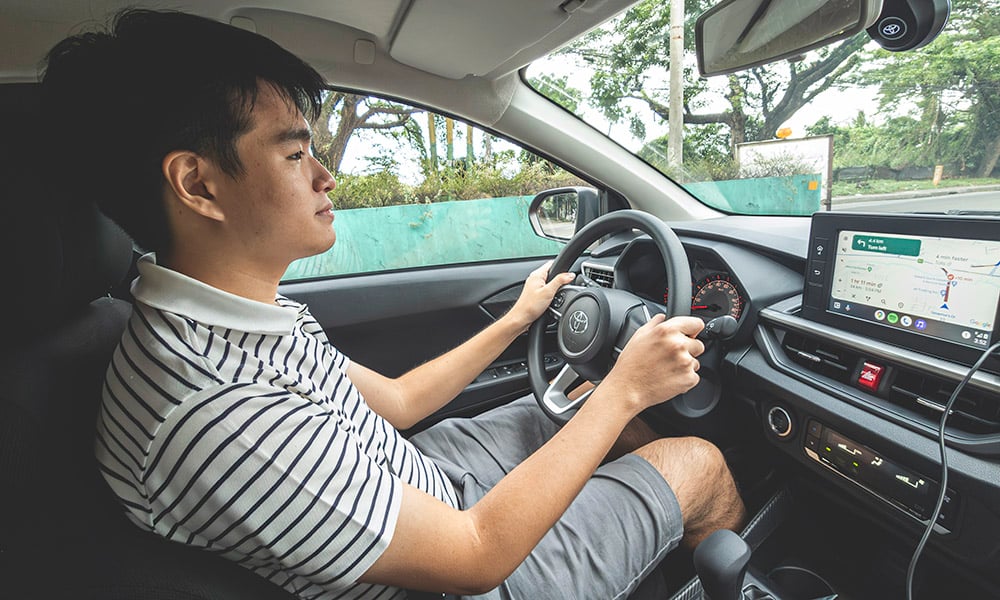
Anyone who has sat inside the old Wigo would see the new interior being a world apart. The redesigned center console drastically improves the ergonomics thanks to the raised height and the shorter gear selector, adding more comfort to a snug seating position.
Despite the motif changes, the hard plastic elements are still present to remind you of its affordable price tag of P729,000 for the G variant, and that’s okay. The Wigo successfully demonstrates that simple vehicles still have a place in a saturated market.
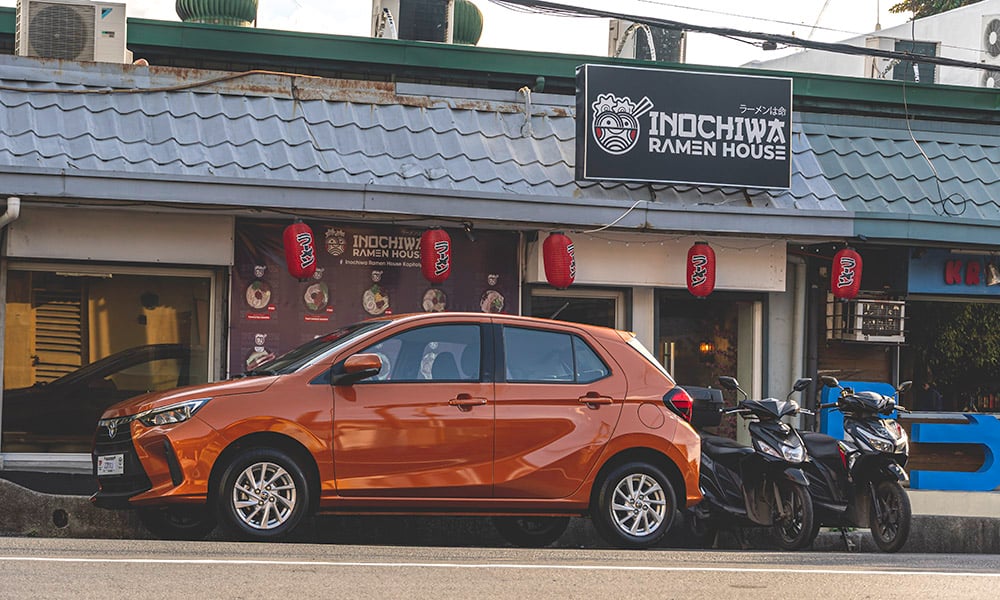
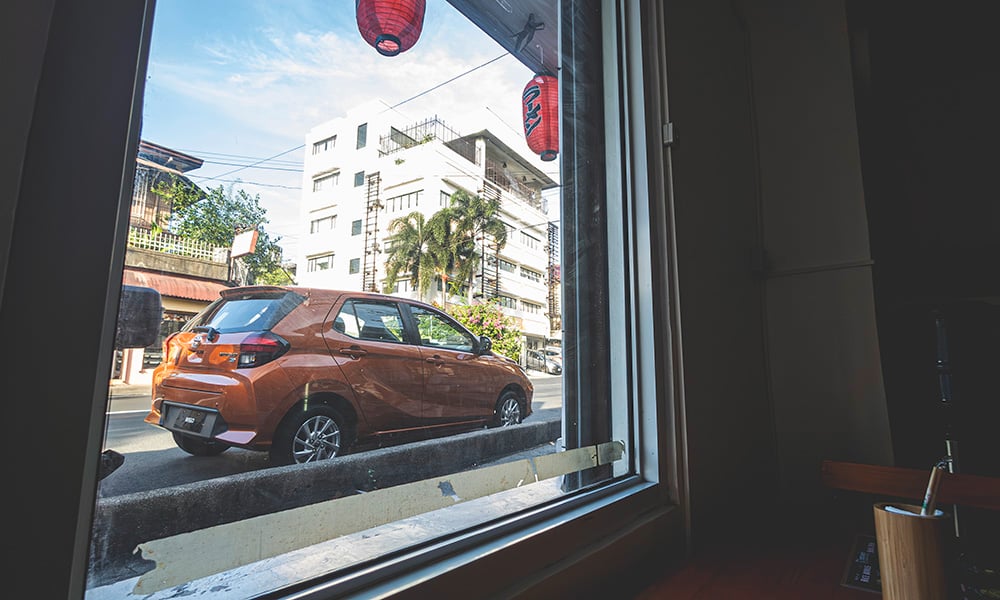
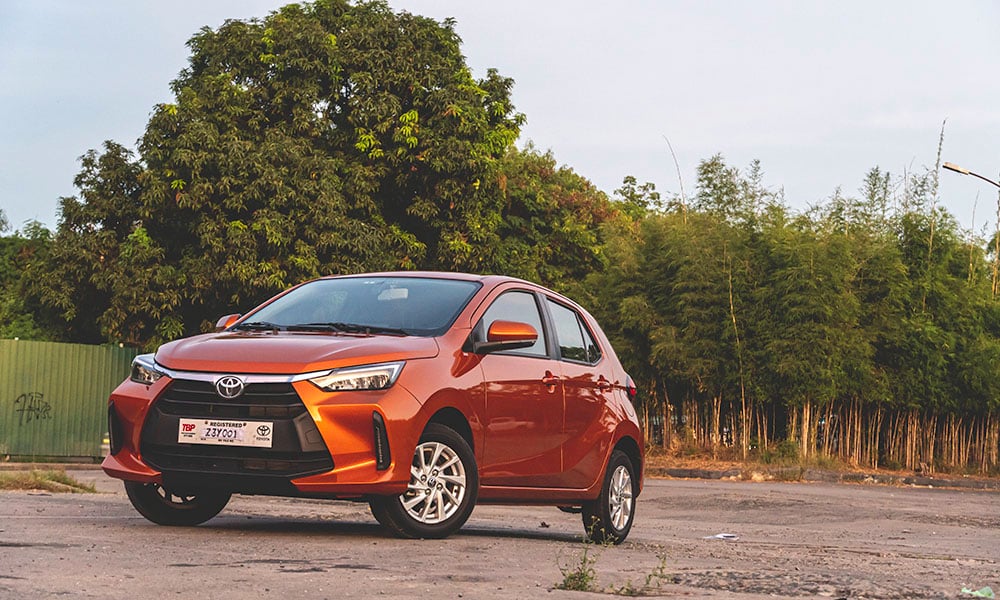
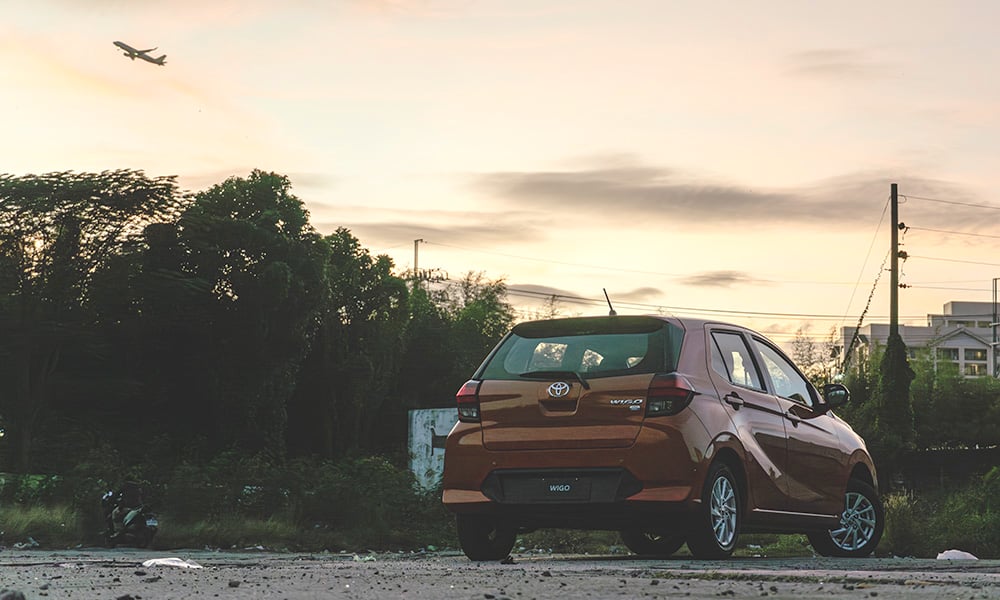
Sure, Chinese competitors may have the upper hand, pricing a mid-spec compact sedan or crossover within this range, but it’s irrelevant to those who don’t read too much into the brochure. If you’re really after the back-to-basic driving dynamics with some modern features and safety, the Toyota Wigo is your safest bet for the long term.
TOYOTA WIGO G CVT
| Engine | 1.0-liter three-cylinder gasoline |
| Transmission | CVT |
| Power | 66hp @ 6,000rpm |
| Torque | 89Nm @ 4,400rpm |
| Dimensions | 3,760mm x 1,665mm x 1,515mm |
| Drive layout | FWD |
| Seating | 5 |
| Price | P729,000 |
| Upside | Excellent fuel economy with overall comfortable ride. Roomy trunk and passenger cabin. Standard safety features. |
| Downside | Hard plastics are hard to miss. Poor-quality reverse camera. And steering could be tiresome for some. |

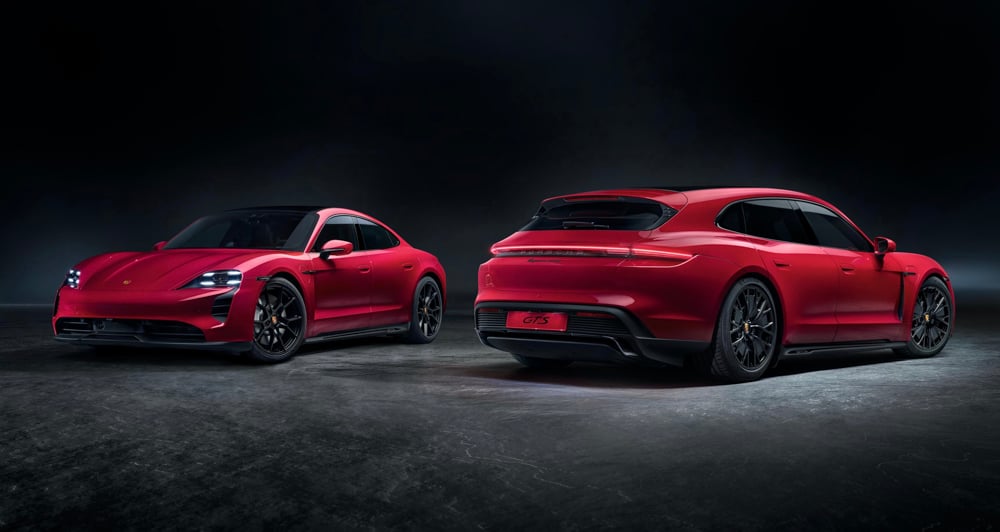

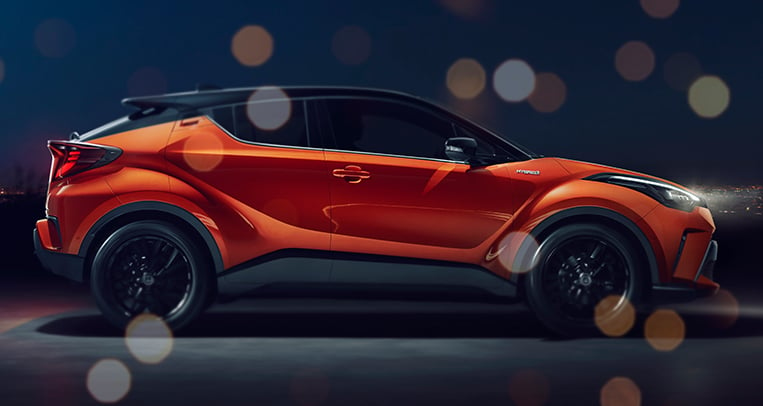
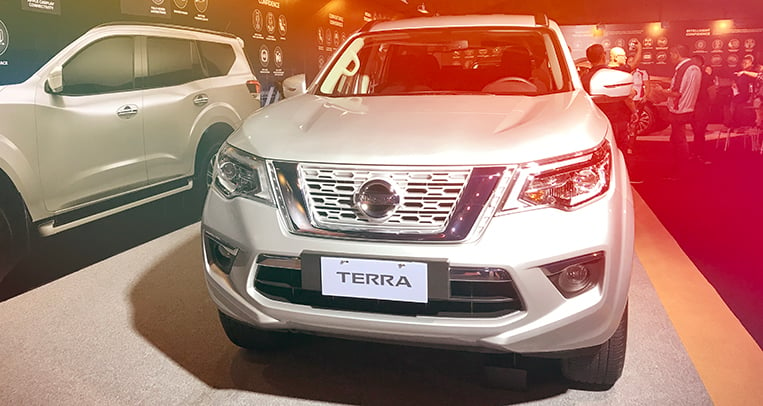
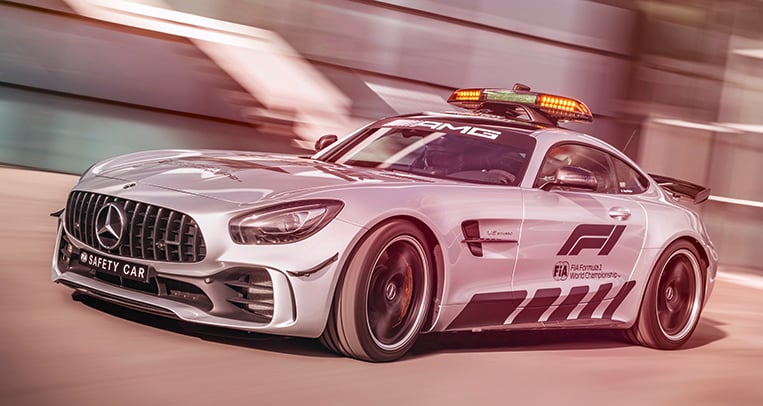

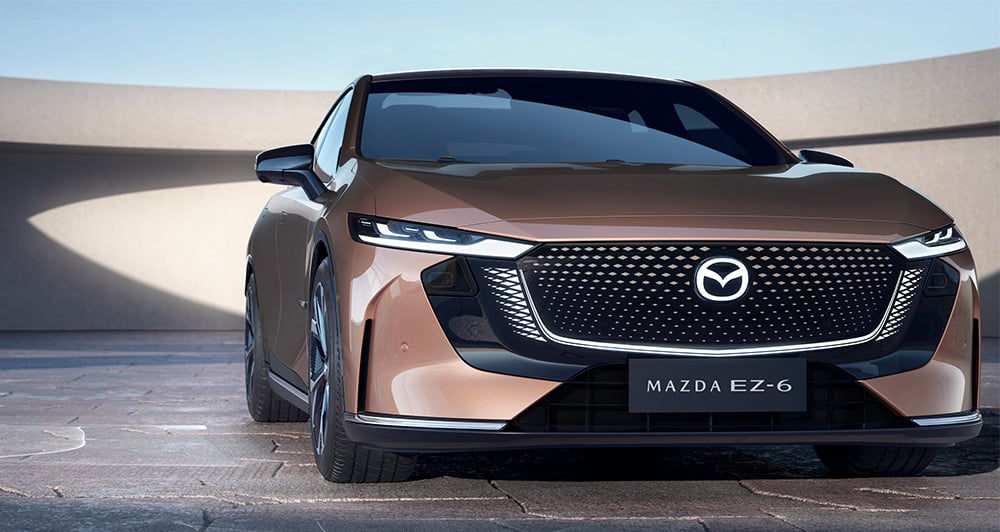
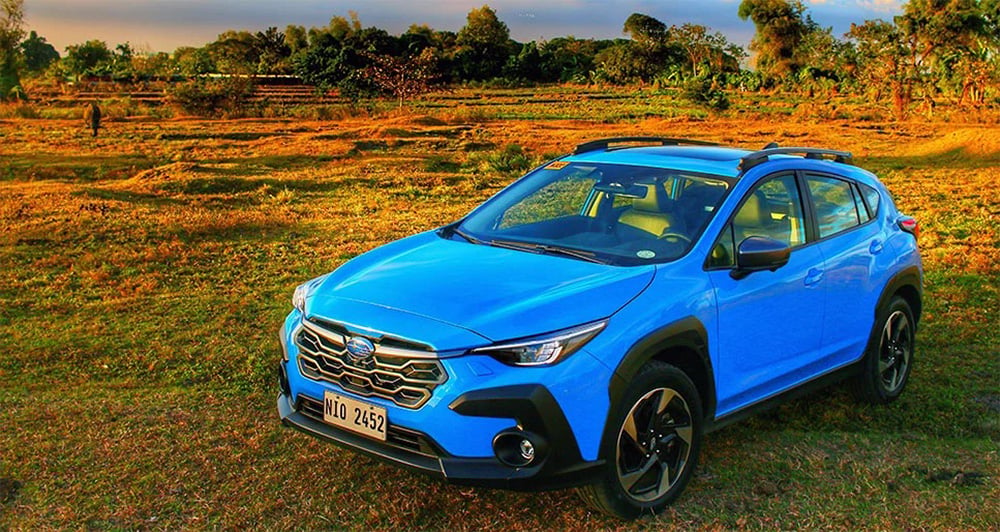


Comments